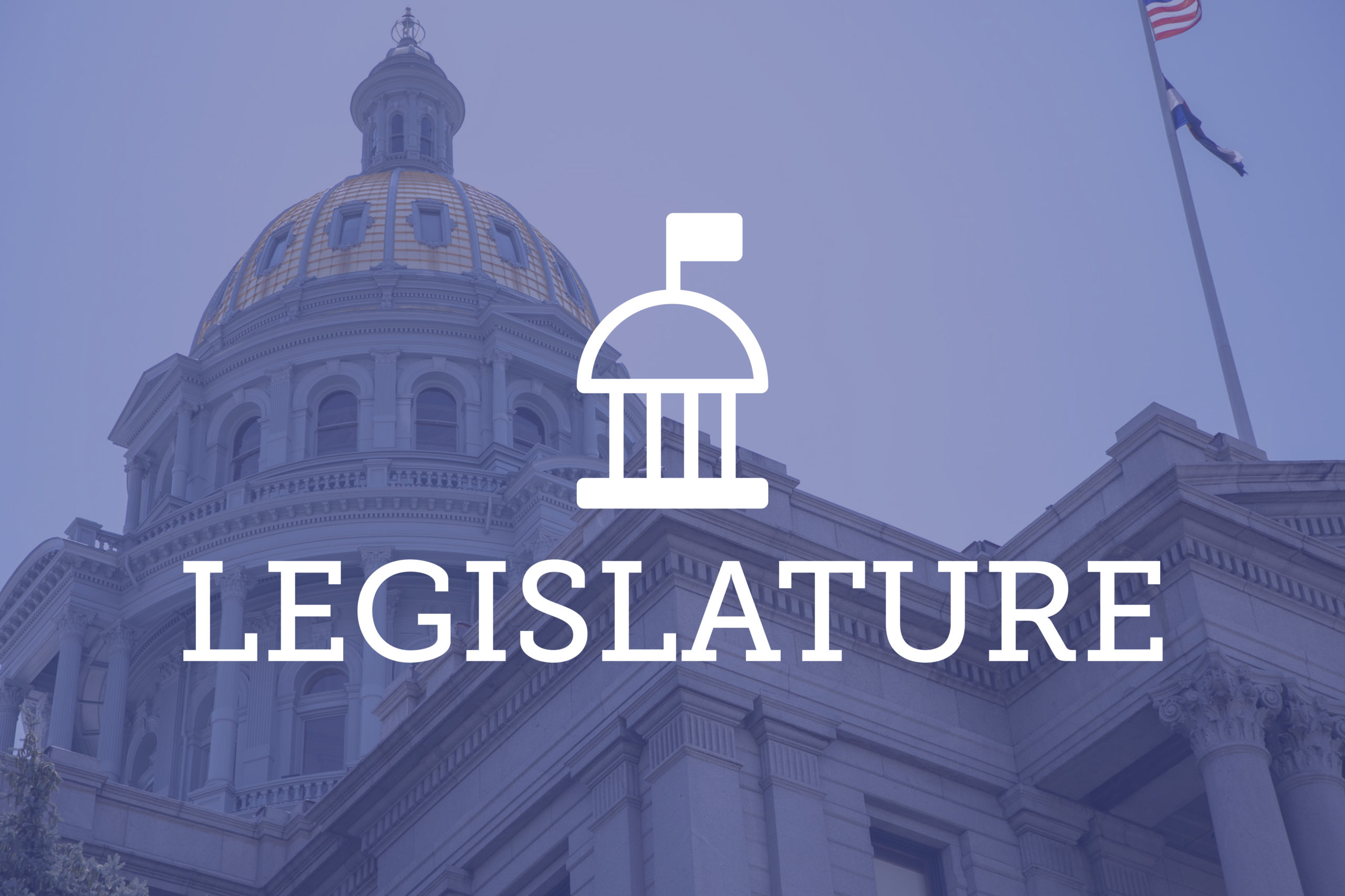
A House committee approved a bill to split the 18th Judicial District in two, but lawmakers have a lot of details left to work out before it will pass both legislative chambers. The first question for legislators was whether carving out Arapahoe County into its own district was akin to a Colorado version of Brexit.
“In which case it will certainly fall apart,” joked Rep. Leslie Herod, the Judiciary Committee’s vice chair.
Committee members joked about the proposed district split, but the Brexit comparison had a tone of foreshadowing: The hearing suggested the bill’s path to law will be contentious. Lingering red flags raised by some members include uncertain caseloads for each newly drawn district, the uncertainty of Arapahoe County’s ability to fund itself as its own judicial district and the need for a mechanism to back out of the district split if needed.
The 18th Judicial District currently covers Arapahoe, Douglas, Lincoln and Elbert Counties. House Bill 1026 would carve out Arapahoe and create a new 23rd Judicial District with the other three. The bill states the proposal is driven by the area’s population growth: The four counties’ combined population now exceeds 1 million. According to 2018 U.S. Census estimates, Arapahoe County has well over half the 18th District’s population with 651,215 residents. Douglas County is the district’s second biggest with 342,776 people.
House Bill 1026 delays the 23rd District’s creation until 2025. Sponsor Rep. Mike Weissman, a Democrat from District 36, which includes some of Arapahoe County, said the timeline is necessary to keep with the Colorado Constitution’s requirement to elect district attorneys every four years. Weissman considered bringing a bill in the 2019 session to create the 23rd District in time for the 2020 election, but he told the committee that timeframe was too short.
The five-year window didn’t appease all the committee members, though. Rep. Rod Bockenfeld, a Republican from Watkins, voted for the bill to get it out of the committee but said he would not support it in its current form in a floor vote. He remained concerned that the bill doesn’t contain a mechanism for conflict resolution during the transition period to get the 23rd Judicial District up and running. The Colorado Constitution requires a supermajority in both chambers to create a new judicial district.
“We have to anticipate the worst-case scenario for this to happen,” he said. “I would never vote for this bill as it presently stands when it comes to the floor, without some tightening up a little bit about how this process works.”
Rep. Adrienne Benavidez, a Democrat, the committee’s lone “no” vote on the bill, also worried about the state ending up on the hook for the transition’s costs if the counties run into trouble footing the bill. She said the bill doesn’t have an off-ramp for backing out of the judicial district creation if needed. Some costs of the transition to a 23rd judicial district estimated in House Bill 1026’s fiscal note include creating one additional judge position, hiring an additional 25 full-time staff members at a cost of $2 million and taking on 46 of the current 18th Judicial District Attorney’s Office’s staff positions.
 Weissman told Benavidez he believes the state could legally back out of the bill’s mandate, but he doesn’t think it will come to that. “I think as a legal matter, yes. As a practical matter, I really don’t think that would be desired.”
Weissman told Benavidez he believes the state could legally back out of the bill’s mandate, but he doesn’t think it will come to that. “I think as a legal matter, yes. As a practical matter, I really don’t think that would be desired.”
Notably, neither the bill text nor fiscal note contain caseload estimates for the newly drawn judicial districts, another point of pause for Benavidez.
Eighteenth Judicial District Attorney George Brauchler, a few committee members and county commissioners who testified in support the bill discussed the possible struggle Arapahoe County could face to fund itself as its own judicial district. Unlike Douglas County, the county is not “de-Bruced,” meaning its revenue growth is still capped by the Taxpayer’s Bill of Rights.
Many of Colorado’s other heavily populated counties, such as Denver, Mesa and Boulder, comprise their own judicial districts. But Brauchler is skeptical of population growth as the motivator for the district’s split. He believes the divergence of Arapahoe County’s political divergence from the district’s other three counties toward the left is also a reason to carve it out. Brauchler pointed to data from his 2016 district attorney election: He lost in Arapahoe County by nine points, but won the district overall by seven.
“If how they vote is an indication of the things they want to emphasize, whether it’s the way they want to approach criminal justice reform or who they want to represent them … we’re at a pivotal moment right now,” Brauchler said. But, he added, he doesn’t think the legislature will begin trying to create new judicial districts every few years for political reasons. “I don’t think you guys reconvene to have this conversation for another 50 years.”
—Julia Cardi

